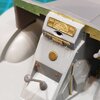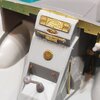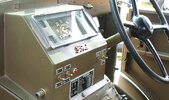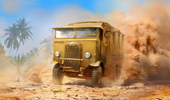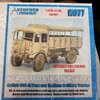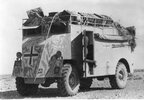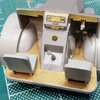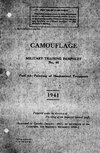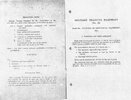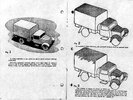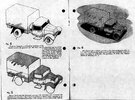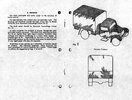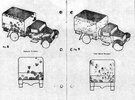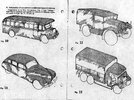On the subject of paint, it would seem that these CMP trucks came off the line painted OG or OG/Brown.
OG = olive green? Then sorry, no, they didn't come in that colour

British/Commonwealth vehicles at the time CMPs like these were produced, were initially painted khaki green No. 3 ("KG 3") which is a colour somewhat like American olive drab (which
isn't green), but not quite. From May 1942, KG 3 was replaced with SCC 2 (Standard Camouflage Colour No. 2, which had no real name but was a kind of milk-chocolate brown and so is generally called something like "SCC 2 brown").
Camouflage was to be applied to vehicles in specific ways (but not to fixed patterns) in order to counter-shade them: the tops and upper parts of the sides were to be dark, as were the lower parts of the sides, but
not under the body, inside the wheel wells, the chassis, etc. If you're interested, I have a scan of the relevant instructions that I could post

On KG 3 vehicles, this camouflage was to be applied with a colour called Dark Tarmac No. 4 (dark grey), but on SCC 2 vehicles, with SCC 1A (very dark brown). Note that this camouflage was rare on tanks and other armoured vehicles, as it was mainly to be applied to "B" vehicles (soft-skins), though it does appear on some AFVs as well.
Because of the war in North Africa, vehicles also began to be painted at the factory with overall Portland Stone (a pale sand colour) or Light Stone (a pale yellow colour), but I don't have at hand any information about when this started. Vehicles that came out of the factory in KG 3 or SCC 2 often only had the outside repainted once in Africa, though — many had the inside of the cab in the original colour.
But, as you say, painting regulations varied over time, and in the desert all kinds of things happened, like using captured enemy paint, and of course, like your model, being captured by the enemy and then possibly repainted.
